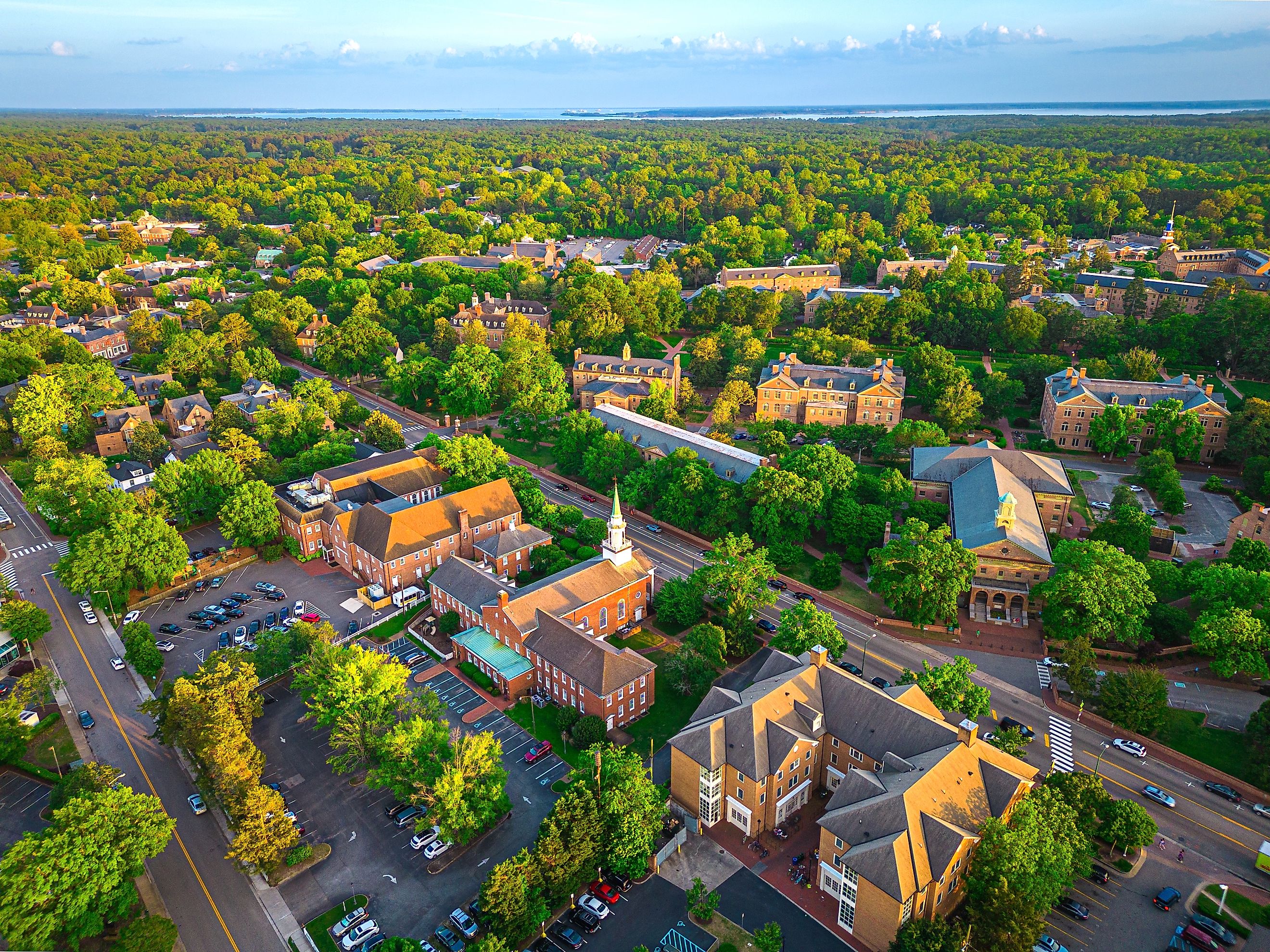
7 Timeless Towns In Virginia
One of the first parts of the United States to be settled by Europeans, Virginia’s history is woven into the very fabric of the country. From early colonial settlements to pivotal Revolutionary War and Civil War battlegrounds, several towns in Virginia stand out for their enduring appeal and rich cultural legacies. The best of them are places that offer a window into the past, complete with well-preserved architecture and attractions that provide context for historic events and the people behind them. Whether it’s walking along centuries-old streets, dining on authentic colonial-era dishes, or visiting sites where key events shaped the nation, these seven timeless towns in Virginia have done amazing jobs of preserving their pasts.
Williamsburg

The historic town of Williamsburg can trace its roots all the way back to 1632 when it was known as Middle Plantation. Later, in 1699, it became the capital of the Virginia Colony, underscoring its significance in what was to become the United States. Today, Williamsburg’s historic importance is preserved and presented through Colonial Williamsburg, the world’s largest living history museum. Covering 301 acres and featuring over 500 original and reconstructed buildings, it’s a wonderfully immersive experience that transports you back to the 18th century. In addition to authentic homes and businesses from this period, you can also visit the impressive Capitol building, completed in 1705, and the Governor’s Palace, dating from 1706.
The College of William & Mary, founded in 1693, adds to the town’s lasting legacy and is one of the oldest institutions of higher learning in the country. For a true sense of just how timeless a place this is, spend a night or two at one of Williamsburg Inn’s Colonial Houses. These historic lodgings are close to nearly every major historical attraction in Colonial Williamsburg, including the King’s Arms Tavern, an authentic take on an 18th-century tavern serving period-inspired meals.
Lexington
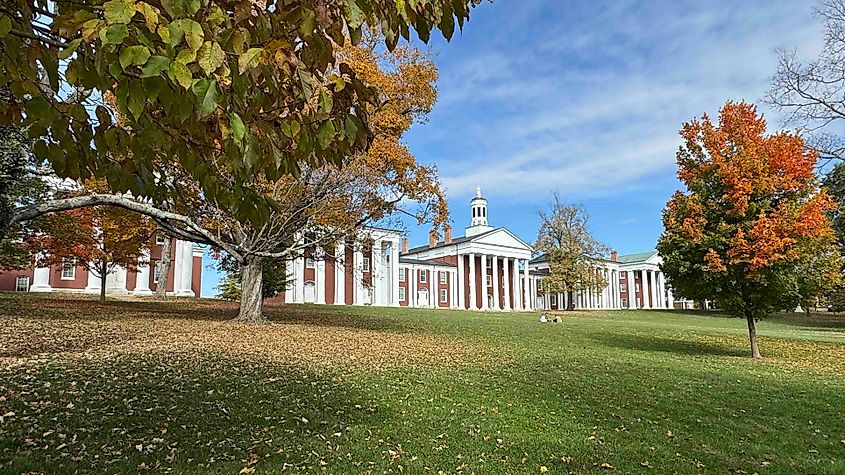
Lexington was established in Virginia’s beautiful Shenandoah Valley in 1778 during the tumultuous years of the American Revolution. Pay a visit today and you’ll find an enduring testament to this pivotal period of history, especially in Historic Downtown Lexington. A trip downtown reveals buildings such as the Lexington Presbyterian Church, constructed in 1845, and Stonewall Jackson House, built in 1800-1801 and home of the Confederate general. A great way to experience these and other downtown attractions is via a fun carriage ride. Offered by the Lexington Carriage Company, these one-hour trips back in time depart from the Lexington Visitors Center and last for about an hour.
You’ll also get a real feel for the period with a walk around the picturesque Washington and Lee University. Founded in 1749, campus attractions like the Museums at W&L with their impressive collections of art and institutional artifacts, as well as the University Chapel built in 1868, are easy to get to from downtown Lexington. The nearby Virginia Military Institute, established in 1839, is home to the VMI Museum with its exhibits and collections related to the town’s military traditions. Natural Bridge, a nearby geological formation carved by Cedar Creek, adds a dramatic natural attraction to the region’s historical sites.
Charlottesville
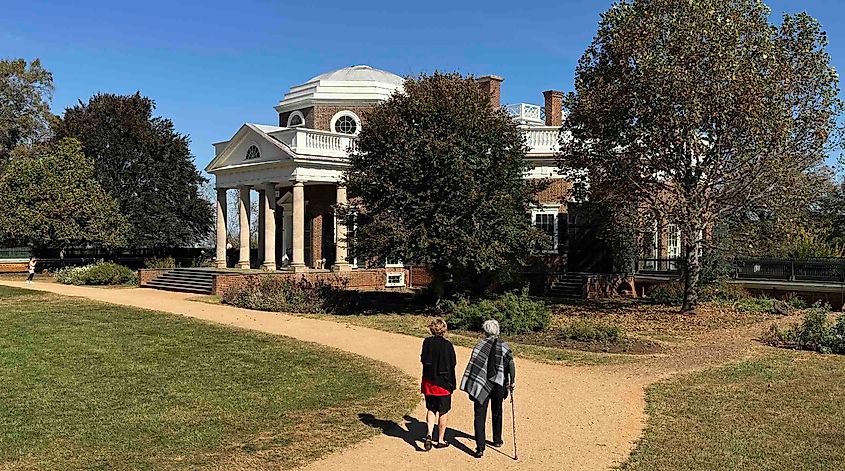
Since its establishment in 1762, Charlottesville has become synonymous with the early development of colonial America. The town’s most influential figure? That honor goes to Thomas Jefferson who left his mark with the stunning Monticello, his home, built between 1768 and 1809; and the University of Virginia (UVA), which he founded in 1819. Both are now UNESCO World Heritage Sites and are delightful to explore. The spectacular UVA grounds are centered around the famous Lawn and The Rotunda, as well as original (and still used) student lodgings, one of which once housed Edgar Allan Poe in 1826. Known as the Academical Village, this university campus model was emulated in other historic institutions across the country, such as the University of Nevada.
Another part of Virginia’s best college town to explore is the Historic Downtown Mall, an easy-to-walk pedestrian zone chock-full of great eateries and entertainment, including the historic Paramount Theater from 1931 and The Jefferson Theater built in 1912. For a memorable getaway experience, book a night or two at the superb Oakhurst Inn, a charming collection of former boarding houses and residences in a lovely village-like setting within a few minutes’ walk from UVA. For an authentic blast-from-the-past food experience, Michie Tavern, located near Jefferson’s Monticello and established in 1784, serves up traditional fare in an authentic period setting.
Winchester
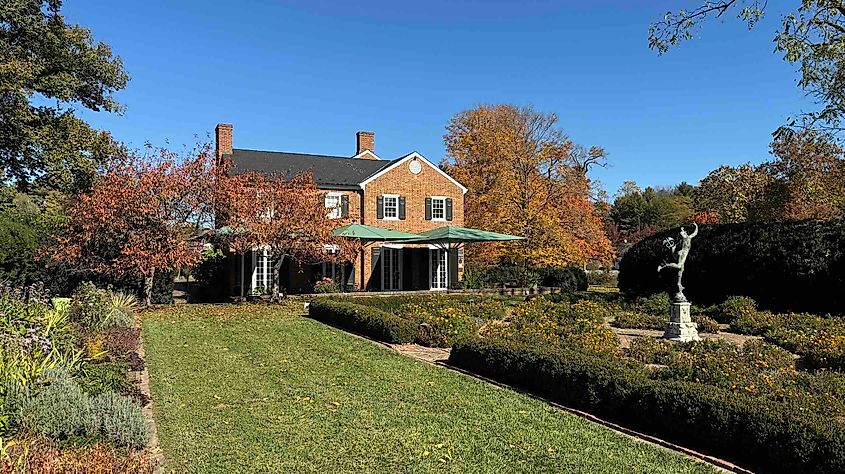
Winchester, established in 1744, holds the distinction of being Virginia’s first town west of the Blue Ridge Mountains. Its strategic location in the Shenandoah Valley made it a vital crossroads during the French and Indian War, the Revolutionary War, as well as the Civil War. George Washington began his career here, supervising the construction of Fort Loudoun in 1756, remnants of which remain a point of interest today, as does his original office, a humble wooden affair that can be toured. The Civil War left a profound mark on Winchester, with the town changing hands over 70 times during the conflict. Sites such as the Stonewall Jackson Headquarters Museum, housed in a residence built in 1854, provide a fascinating glimpse into its wartime role.
Old Town Winchester, with its charming pedestrian mall, showcases the town’s historical significance through preserved architecture and cultural attractions like the Shenandoah Valley Civil War Museum housed in the town’s Old Court House. Be sure to also include the Museum of the Shenandoah Valley, a complex that combines regional history with gardens and art exhibitions, in your Winchester itinerary. You’ll also get a sense of timelessness with a stay at The George Washington Hotel, built in 1924 and offering luxurious yet historically inspired stays.
Yorktown
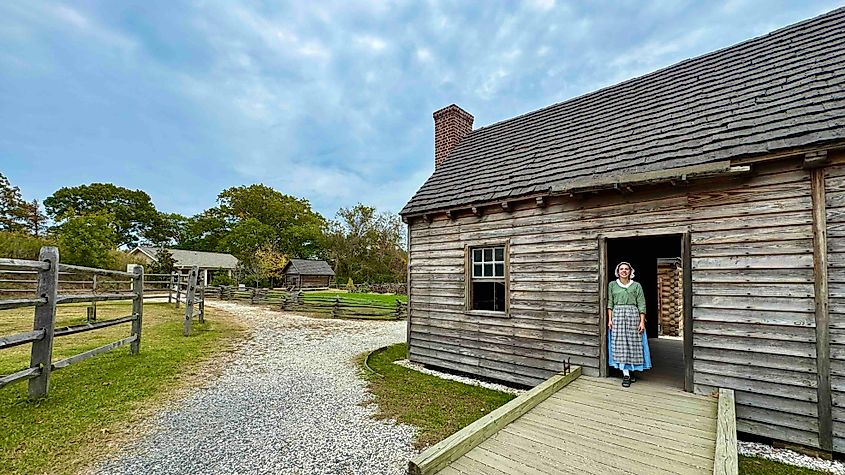
Founded in 1691, Yorktown was s to become one of the most crucial sites of the American Revolution. The Siege of Yorktown in 1781 effectively ended major combat operations, paving the way for American independence from Britain. Today, the Yorktown Battlefield, preserved as part of the Colonial National Historical Park, offers a chance to explore not just the site of this pivotal confrontation but also the nearby Yorktown Victory Monument, erected in 1881 to commemorate this decisive victory.
The American Revolution Museum at Yorktown is a related must-visit and features interactive exhibits that detail the war’s broader context and the significance of events that took place in this historic port town. Sailing excursions on a traditional schooner along the York River are another great way to gain perspective of Yorktown’s historic significance.
Fredericksburg
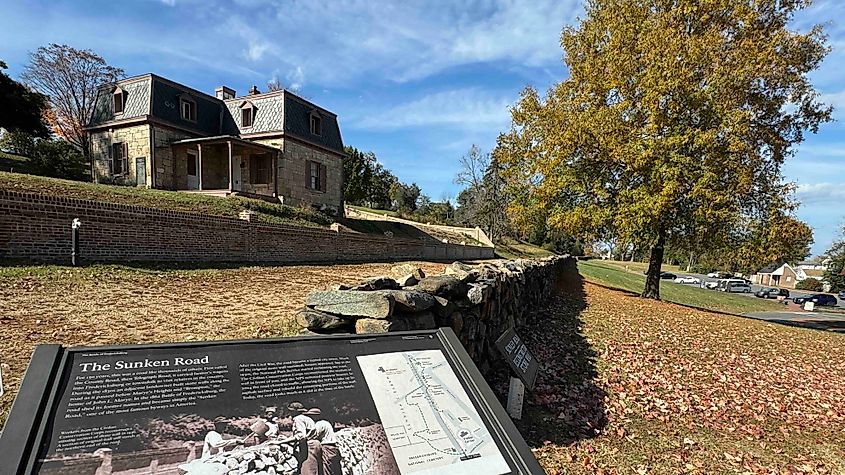
Fredericksburg was established in 1728 along the Rappahannock River roughly mid-way between Richmond and Washington D.C. and served as an important colonial trading center. Its strategic location later made it a focal point of Civil War campaigns, most notably the Battle of Fredericksburg in December 1862. Today, the Fredericksburg and Spotsylvania National Military Park preserves remnants of these critical engagements, including Sunken Road and Marye’s Heights. Buildings such as the Kenmore Plantation, constructed around 1775, add to the town’s timelessness, as do guided battlefield tours and re-enactments.
The town’s historic district features structures from various periods including the Rising Sun Tavern, built in 1760 as a private residence and now a fascinating museum. The Fredericksburg Area Museum is another must-visit and features artifacts detailing the town’s progress from a frontier settlement to a bustling trade hub.
Petersburg
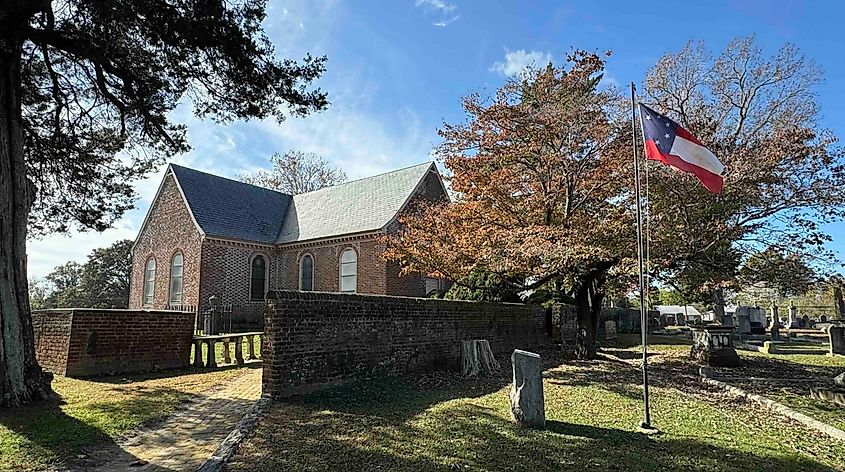
Founded in 1748, Petersburg quickly became a vital trading post along the Appomattox River. Its economic and strategic importance continued into the Civil War, culminating in the Siege of Petersburg (June 1864-April 1865), an event which contributed to the eventual surrender at Appomattox Court House. Significant sites include Petersburg National Battlefield where you can learn about early trench warfare tactics. Blandford Church, built in 1735, still stands and boasts 15 Tiffany stained-glass windows, each dedicated to a Confederate state.
Walking through Old Towne Petersburg reveals rows of 18th- and 19th-century buildings, many of which have been adapted into restaurants, galleries, and shops without sacrificing their historical integrity. Pocahontas Island, one of the oldest free African American communities in the United States, also adds a layer of intrigue to the town’s historical landscape, underscoring the timelessness of this historic destination.
The Final Word
Virginia’s enduring appeal lies in its ability to connect travelers with pivotal moments in American history, with the best of them certainly demonstrating the kind of lasting significance that arises when communities honor their roots. And while these seven towns have each evolved over the centuries, a great deal of evidence about their early years can still be seen, whether in the form of cobblestone streets, period taverns, or grand architectural landmarks. Together, these seven timeless towns in Virginia stand as testaments to the Old Dominion’s rich heritage.











